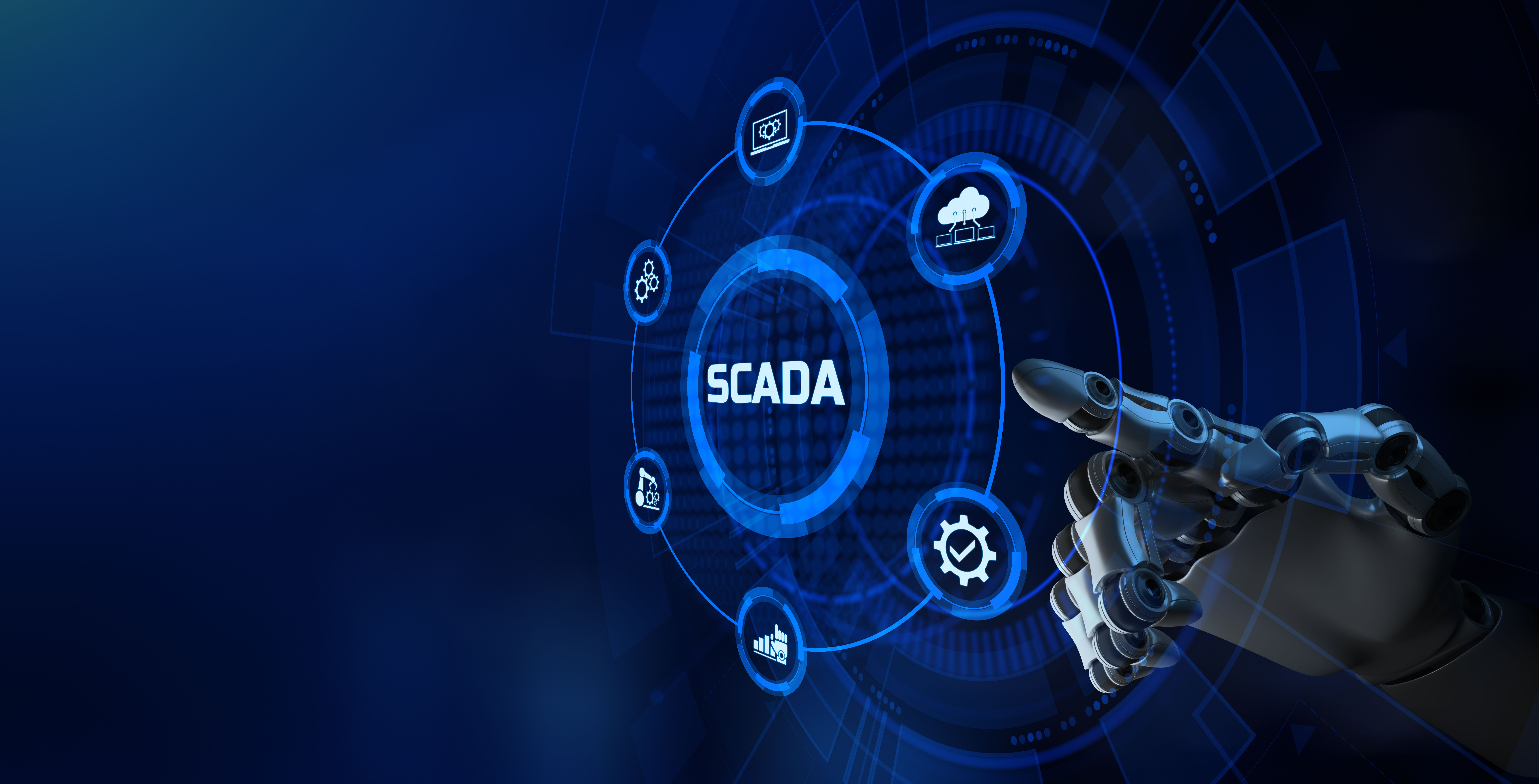SCADA NETWORKS: FOCUS OF STATE FUNDED ATTACKS
Any discourse on SCADA [an acronym for Supervisory Control And Data Acquisition] systems inevitably veers toward ‘Espionage’ carried out by hostile nations against one another. And ‘Espionage’ cannot be fully understood without a reference to its evil twin: ‘Sabotage.’ These activities have spelled immense suffering and mayhem on countless people around the world. The grave danger is these state sponsored subversive pursuits are now directed toward SCADA networks.
FIRST THINGS FIRST
Supervisory Control (SCADA) systems are industrial control systems (ICS) that monitor and control machinery or processes distributed over a wide geographical area. They have been in use for decades in a variety of state controlled processes like water treatment and distribution, oil and gas pipelines, power transmission and distribution, and nuclear power facilities.
Basically, these systems consist of centrally located supervisory computers working in conjunction with several other components like Programmable Logic Controllers (PLCs) and Remote Transmission Units (RTUs). Both PLCs and RTUs are equipped with sensors to receive commands from and send information to other components of the systems. This coordination with other players of the entire system is designed to provide local management of sub processes.
With the passage of time and rapid development in technology, SCADA systems simultaneously evolved into more elaborate and versatile entities. Today, these systems have found wider application and greater scope in a variety of industrial sectors and infrastructures including smart buildings and houses, smart cities and transport networks, oil and gas, manufacturing and food production, energy generation and transmission, water treatment and distribution, and a host of others.
THE NEXT SCENE
In the 1990s and toward the early part of the new century, internet based technology began to integrate into SCADA systems. This allowed the systems to play more active role in all kinds of processes—from machinery in power grids to intricate systems in the management of traffic lights. Wherever there is automation, SCADA systems make their presence felt. That’s why, they are essential to automated control and monitoring function of several Critical Infrastructures. Modern SCADA systems have now morphed into sophisticated and complicated open systems drawing information and sending out commands through the internet. Their dominance in all phases of life is gradual but emphatic. In spite of the fact that these systems are employed in a variety of industrial processes, few people know about their existence. But hackers know very well that SCADA systems are vulnerable and that they can penetrate and cause damage with relative ease.
Although SCADA are only real-time control systems and, in the initial period, they functioned behind-the-scenes in obscure environments, but nowadays they appear more like a complex network of corporate IT department. These systems have gained immense importance as they regulate processes of critical nature. Any unchecked weakness can be a serious risk to the organization, its assets and the people working over there. Consequently, any successful attack on such systems can spell serious damage that can go beyond a mere ‘denial of service’ problem. It can mean grave losses in terms of lives and physical harm.
Experts constantly speculate about the scenarios that can cause the greatest worries. One such case is a combination of physical and cyber-attack that can paralyze the entire system. It can burst open huge reservoirs, shut down pipelines, cause train accidents, and interrupt the working at sensitive places like an operation theater or a nuclear power plant. One instance of this might be a physical attack like bombing coupled with a disruption in power supplies and communication lines. By the time help arrives damage to properties and equipment will be done and public panic would set in.
Some years back the Iranian nuclear facility was at the receiving end of a vicious attack that intercepted the computer systems and altered the quantity of raw material (uranium) for enrichment in the centrifuge process.
A GLANCE AT VULNERABILITIES
In an increasingly connected world, the demand for SCADA systems is continuously rising. At the same time, the capabilities are also attaining enhanced levels enabling numerous industries to employ the systems in their processes. This calls for a reassessment of the vulnerabilities that have made inroads in the SCADA systems. Only having a detailed knowledge of the vulnerabilities can allow the specialists to devise ways to stay safe from attacks.
Industries today view the system as a promising solution for controlling the processes. In the coming years, the market share for SCADA systems is expected to escalate to $5bn. At the same time, the vulnerabilities and the risks are factors that need to be resolved in an effective manner because the losses can be colossal. In case the attacks are targeted toward critical infrastructure as well, then these may lead to cascading effect which can mean further losses.
Reports released by by Trend Micro Zero Day Initiative say that SCADA systems will continue to suffer attacks

